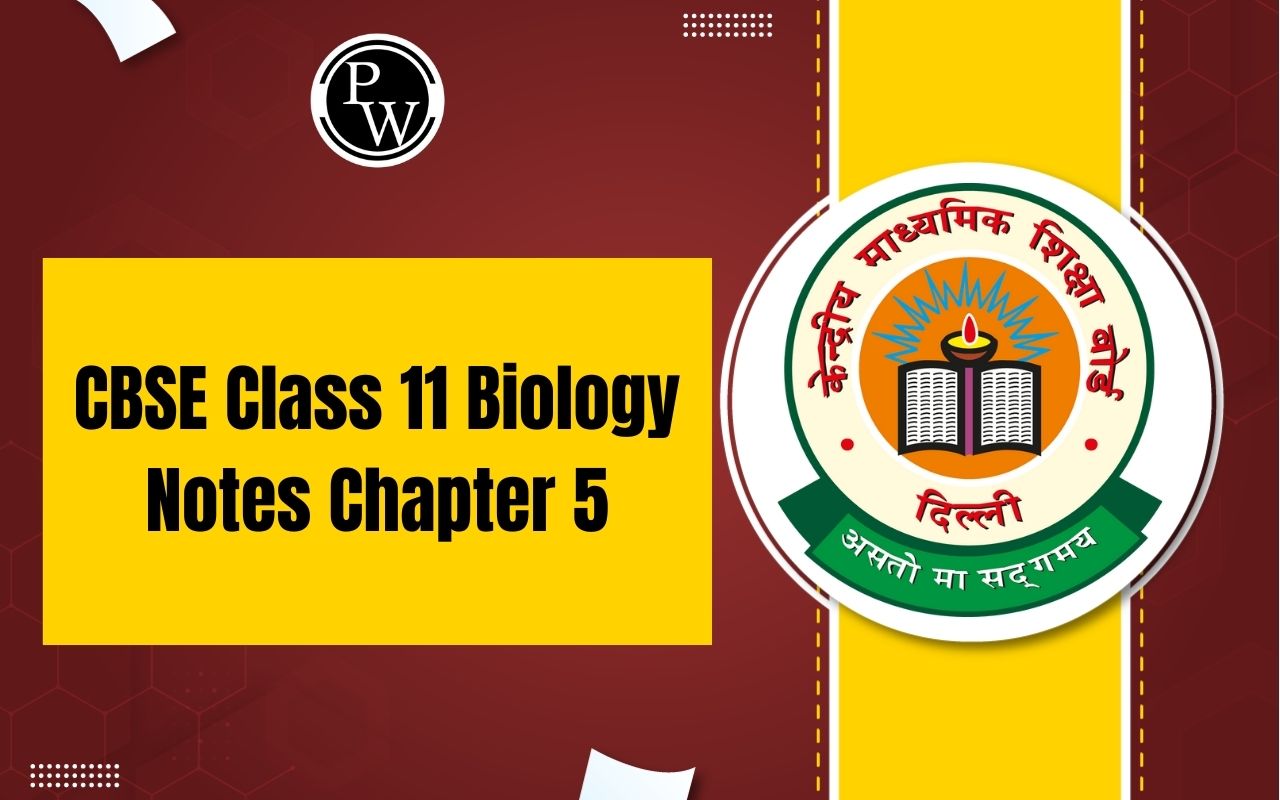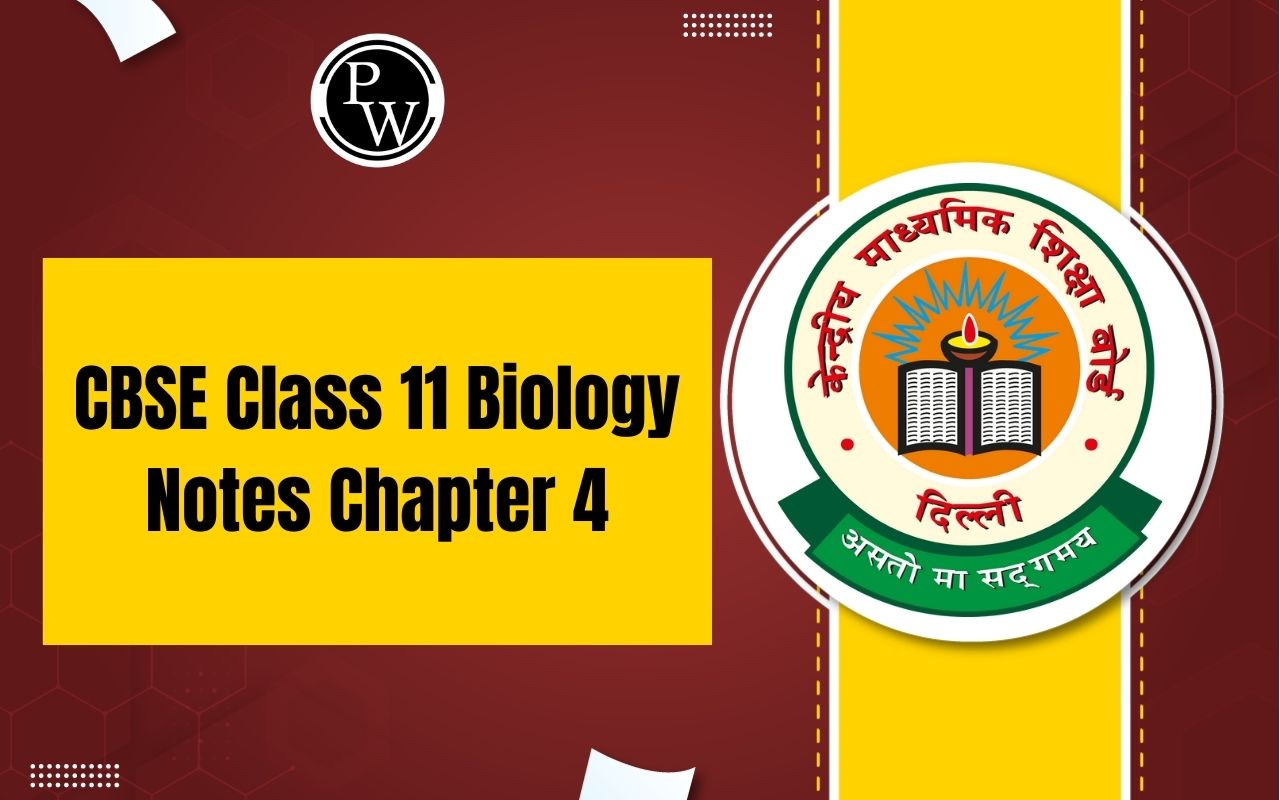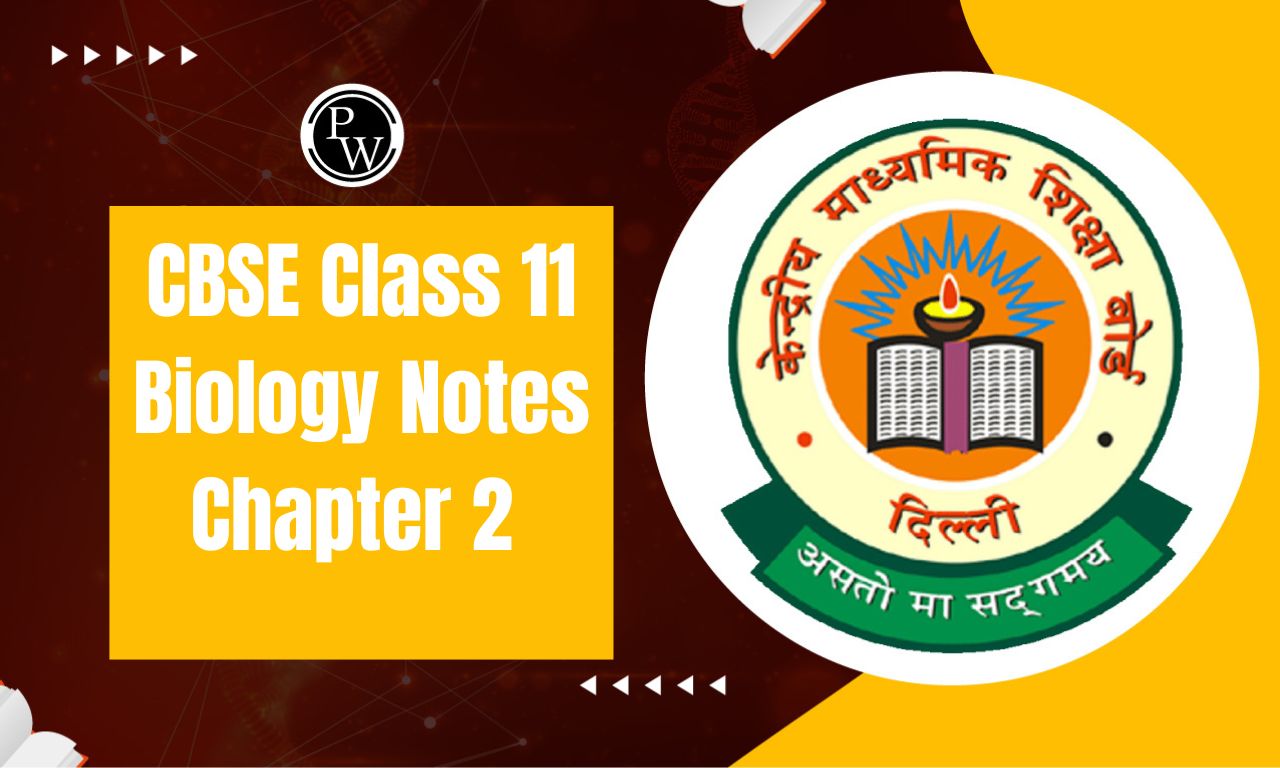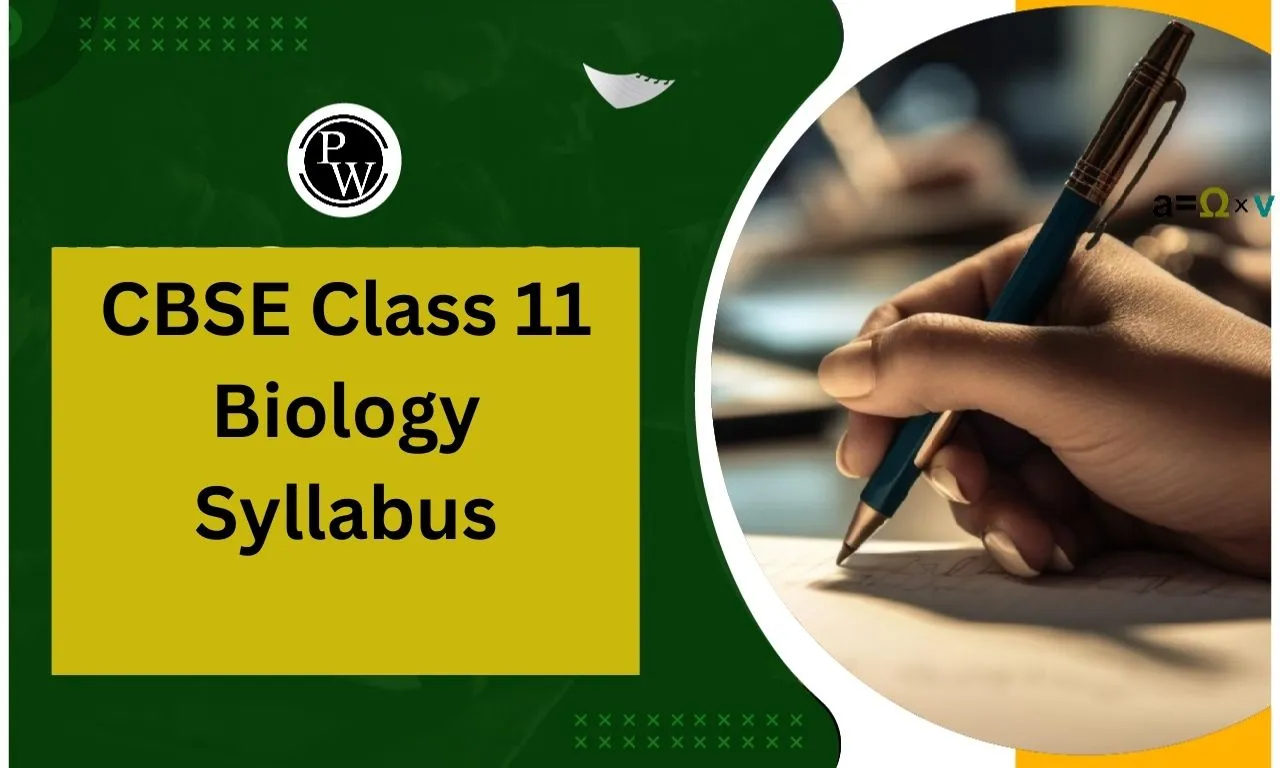
Important Questions for Class 11 Maths Chapter 16: Chapter 16 Probability in Class 11 Maths helps students learn about random experiments, events, and the basic rules of probability. Solving important questions from this chapter is very useful for understanding the concepts clearly.
These questions cover topics like conditional probability, addition and multiplication rules, and independent events. Practicing these problems helps students prepare better for exams and builds a strong foundation for future studies.Important Questions for Class 11 Maths Chapter 16 Overview
The important questions for Class 11 Maths Chapter 16 Probability are prepared by the subject experts at Physics Wallah. By practicing these questions, students can gain a deeper understanding of the chapter and improve their problem-solving skills. These important questions help students prepare effectively for their exams and cover a variety of problems to ensure comprehensive learning.Important Questions for Class 11 Maths Chapter 16 PDF
The PDF for Important Questions for Class 11 Maths Chapter 16 Probability is available for download below. Students can use this resource to practice and strengthen their understanding of the chapter, ensuring better preparation for exams. Download the PDF to access these valuable questions and boost your confidence in Probability.Important Questions for Class 11 Maths Chapter 16 PDF
Question 1:
If P(A) is ⅗. Find P (not A)Solution:
Given that: P(A) = ⅗ To find P(not A) = 1 – P(A) P (not A) = 1- ⅗ = (5-3)/5 = ⅖ Therefore, P(not A) = ⅖.Question 2:
Find the probability that when a hand of 7 cards are drawn from the well-shuffled deck of 52 cards, it contains (i) all kings and (ii) 3 kingsSolution:
(i) To find the probability that all the cards are kings:
If 7 cards are chosen from the pack of 52 cards Then the total number of combinations possible is: 52 C 7 = 52!/[7! (52-7)!] = 52!/ (7! 45!) Assume that A be the event that all the kings are selected We know that there are only 4 kings in the pack of 52 cards Thus, if 7 cards are chosen, 4 kings are chosen out of 4, and 3 should be chosen from the 48 remaining cards. Therefore, the total number of combinations is: n(A) = 4 C 4 x 48 C 3 = [4!/4!0! ] x [48!/3!(48-3)!] = 1 x [48!/3! 45!] = 48!/3! 45! Therefore, P(A) = n(A)/n(S) = [48!/3! 45!] ÷[52!/ (7! 45!] = [48! x 7!] ÷ [3!x 52!] = 1/7735 Therefore, the probability of getting all the 7 cards are kings is 1/7735(ii) To find the probability that 3 cards are kings:
Assume that B be the event that 3 kings are selected.
Thus, if 7 cards are chosen, 3 kings are chosen out of 4, and 4 cards should be chosen from the 48 remaining cards. Therefore, the total number of combinations is: n(B) = 4 C 3 x 48 C 4 = [4!/3!(4-3)! ] x [48!/4!(48-4)!] = 4 x [48!/4! 44!] = 48!/3! 45! Therefore, P(B) = n(B)/n(S) = [4 x48!/4! 44!] ÷[52!/ (7! 45!] = 9/1547 Therefore, the probability of getting 3 kings is 9/1547Question 3:
An urn contains 6 balls of which two are red and four are black. Two balls
are drawn at random. The probability that they are of different colours is
(i)⅖ (ii)1/15 (iii)8/15 (iv)4/15
Solution:
A correct answer is an option (c)Explanation:
Given that, the total number of balls = 6 balls Let A and B be the red and black balls respectively, The probability that two balls drawn, are different = P(the first ball drawn is red)(the second ball drawn is black)+ P(the first ball drawn is black)P(the second ball drawn is red) = (2/6)(4/5) + (4/6)(2/5) =(8/30)+ (8/30) = 16/30 = 8/15Question 4:
A couple has two children,
(i) Find the probability that both children are males if it is known that at least one of the children is male. (ii) Find the probability that both children are females if it is known that the elder child is a female.Solution:
A couple has two children, Let, the boy be denoted by b & girl be denoted by g So, S = {(b, b) ,(b, g),(g, b), (g, g)} To find probability that both children are males, if known that at least one of children is male Let E : Both children are males F : At least one child is male To find P(E|F) E : Both children are males E = {(b, b)} P(E) = 1/4 F : At least one child is male F = {(b, g), (g, b), (b, b)} P(F) = 3/4 E ∩ F = {(b, b)} P(E ∩ F ) = 1/4 P(E|F) = (𝑃(𝐸 ∩ 𝐹))/(𝑃(𝐹)) = (1/4)/(3/4) = 1/3 ∴ Required Probability is 𝟏/𝟑 (ii) Find the probability that both children are females if it is known that the elder child is a female. S = {(b, b) ,(b, g),(g, b), (g, g)} To find the probability that both children are females, if from that the elder child is a female. Let E : both children are females F : elder child is a female To find P(E|F) E : both children are females E = {(g, g)} P(E) = 1/4 F : elder child is a female F = {(g, b), (g, g)} P(F) = 2/4=1/2 Also, E ∩ F = {(g, g)} So, P(E ∩ F) = 1/4 P(E|F) = (𝑃(𝐸 ∩ 𝐹))/(𝑃(𝐹)) = (1/4)/(1/2) = ½Question 5:
One card is drawn from a well-shuffled pack of 52 cards. What is the probability that a card will be
(i) a diamond (ii) Not an ace (iii) a black card (iv) not a diamondSolution:
(i) the probability that a card is a diamond
We know that there are 13 diamond cards in a deck. Therefore, the required probability is: P( getting a diamond card) = 13/52 = ¼(ii) the probability that a card is not an ace
We know that there are 4 ace cards in a deck. Therefore, the required probability is: P(not getting an ace card) = 1-( 4/52) = 1- (1/13) =(13-1)/13 = 12/13(iii) the probability that a card is a black card
We know that there are26 black cards in a deck. Therefore, the required probability is: P(getting a black card) = 26/52 = ½(iv) the probability that a card is not a diamond
We know that there are 13 diamond cards in a deck. We know that the probability of getting a diamond card is 1/4 Therefore, the required probability is: P( not getting a diamond card) = 1- (1/4) = (4-1)/4 = 3/4 Question 6:A pack of 50 tickets is numbered from 1 to 50 and is shuffled. Two tickets are drawn at random. Find the probability that (i) both the tickets drawn bear prime numbers (ii) Neither of the tickets drawn bear prime numbers.
Solution: The total number of tickets = 50 Prime numbers from 1 to 50 are 2, 3, 5, 7, 11, 13, 17, 19, 23, 29, 31, 37, 41, 43, and 47. The total number of prime numbers between 1 and 50 is 15. (i) Probability that both tickets are drawn bears prime numbers: P(Both tickets bearing prime numbers ) = 15 C 2 / 50 C 2 = 3/35 Hence, the probability that both tickets are drawn bear prime numbers is 3/35. (ii) Probability that neither of the tickets drawn bears prime numbers: P ( Neither of the tickets bearing prime numbers) = 35 C 2 / 50 C 2 = 17/35. Therefore, the probability that neither of the tickets drawn bears a prime number is 17/35. Question 7:20 cards are numbered from 1 to 20. If one card is drawn at random, what is the probability that the number on the card is:
- Prime number
- Odd Number
- A multiple of 5
- Not divisible by 3
Benefits of Solving Important Questions for Class 11 Maths Chapter 16 Probability
Solving Important Questions for Class 11 Maths Chapter 16 Probability provide several benefits to students preparing for their exams. By practicing these important questions, students can:Understand Core Concepts : Reinforce fundamental topics of probability like random experiments, events, and different types of probability, which are crucial for scoring well in exams.
Boost Problem-Solving Skills : Regular practice of a variety of problems helps improve analytical thinking and problem-solving abilities, making students more confident in tackling complex questions.
Improve Time Management : By practicing these questions under timed conditions, students can improve their speed and accuracy, crucial for completing the exam within the allotted time.
Increase Accuracy and Confidence : As students practice these important questions, they become more confident in their abilities and reduce the chances of making mistakes during the exam.
Important Questions for Class 11 Maths Chapter 16 FAQs
What is Probability in Mathematics?
What is a Sample Space?
What is the Probability of an Impossible Event?
What is the Law of Total Probability?










